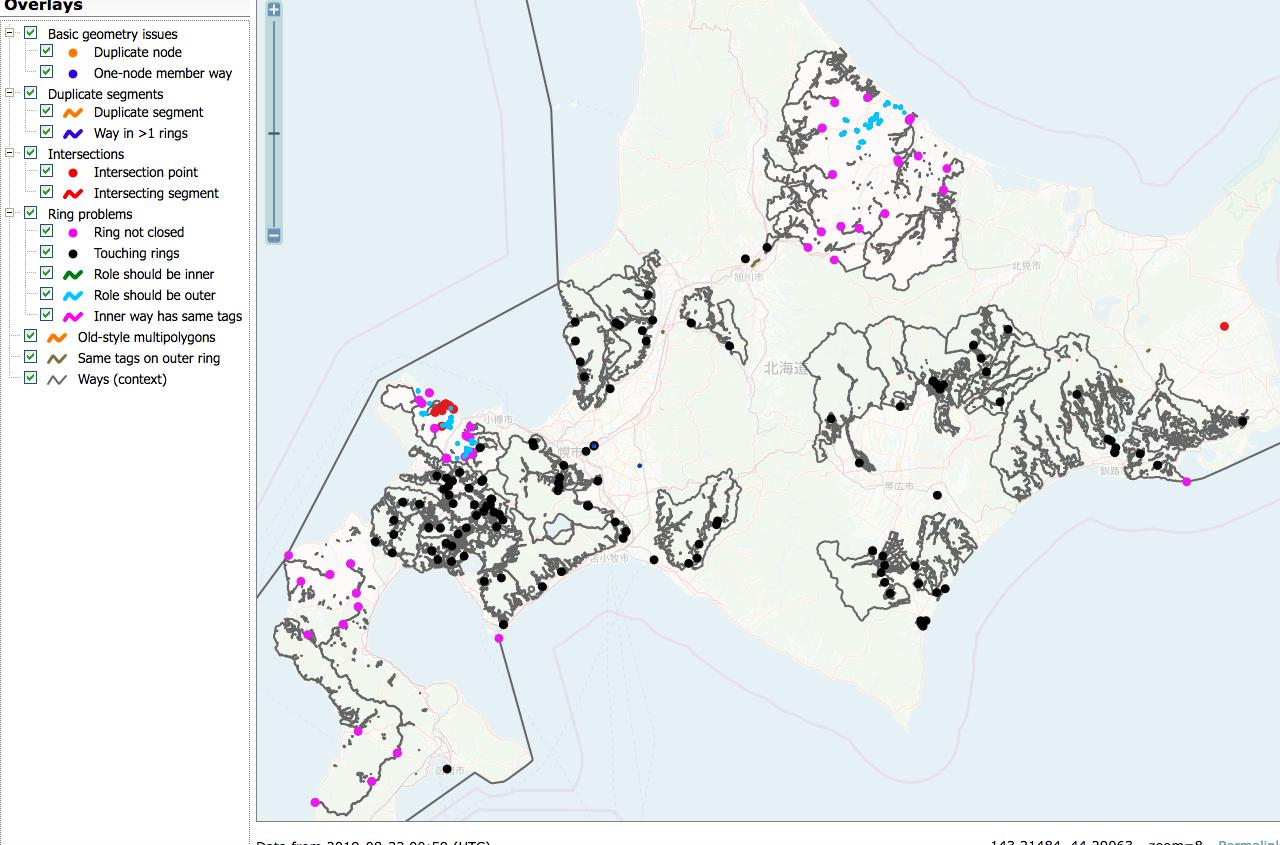OpenStreetMap Statistics for your region (in English)
Posted by nyampire on 18 July 2024 in English.Are you familiar with the OpenStreetMap Statistics created by Piebro? It’s a handy tool that analyzes OSM changeset files and creates graphs from various perspectives.
- https://piebro.github.io/openstreetmap-statistics/
- https://github.com/piebro/openstreetmap-statistics

The project’s README also indicates that analysis can be performed for individual countries or regions. I analysed the Japanese region in my local environment, so I’ll summarize the procedure.


